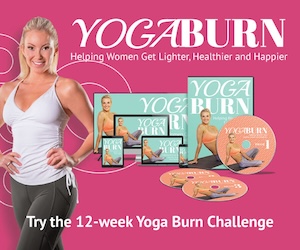Core Power Yoga For Beginners:
Truth is, as you’ve stumbled upon this post, maybe you’ve already made your mind up about trying Core Power yoga. In fact, Core Power yoga is becoming increasingly popular amongst the yoga community. Core Power yoga is kind of a mixed bag,. You see, if offers a sophisticated mix of yoga and fitness. Furthermore, offers a dynamic variety of exercises/poses. If you haven’t done so yet, you can read more about what to except from your first Core Power yoga class here. However, today we’ll discuss Core Power yoga for beginners.
Unlike classical yoga, which on occasion focus on light stretching, poses, breathing, and mental focus, Core Power yoga, even for beginners, is intense. The classes range from more fundamental (C1) to more challenging classes (C2) and Yoga sculpt.
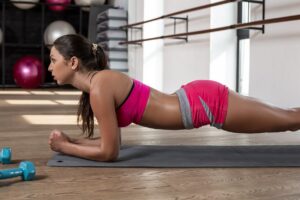
The enhanced body heat, helps increase muscles ability to stretch and truly push your limits. In fact, muscle relaxation and elongation, can even help protect against injuries. As your body warms, poses may become easier to perform, allowing for an even better stretch, acutely. Over the long term can equate to improving the way in which you perform your day to day activities.
What Can CorePower Yoga Do For You?
In the case of Core Power yoga, you can certainly count this as part of your weekly moderate to vigorous aerobic workout. In fact, according to Johns Hopkins, Medicine, yoga is a great way to increase muscle strength, flexibility and balance.
These advanced cardio workouts, get your heart rate up and from this standpoint they are considered moderate to vigorous exercise. Core Power yoga is really a test of multiple disciplines within yourself, as well. Effectively, you are pushing yourself physically with the combination of modern fitness, but also testing yourself psychologically from standpoint of body awareness, concentration, and centering.
A study published out of the Complementary Therapies to Medicine Journal 2016, concluded that types of yoga, such as Power Yoga, increased muscle strength and power within older individuals with Parkinson’s disease. Regularly performed yoga helped decrease muscle rigidity in groups of individuals with chronic diseases processes.
Yoga is truly an art form that can improve your quality of life, regardless of your fitness ability. Oftentimes, it’s about find the “style” fit for an individual. Above all, modifying a yoga approach to fit your ability and goals.
Let’s discuss some common poses and sequences of Core Power yoga for beginners.
Related Article: Core Power Yoga: Take your Mind and Body to Another Stratosphere With The Multi-disciplinary Approach That is Core Power Yoga
Custom Sun B:

Custom Sun B is a popular Core Power sequence when it comes to Core Power yoga classes. It consists of four related yoga poses.
Firstly being, Downward Facing Dog (Adho Mukha Svanasana). Start by getting down on your arms and knees. While exhaling, lift the knees off the floor. Raise the hips as high as possible and push down through your hands. Straighten your legs, extend your arms and try to keep your heels on the ground.
Then, moving onto the Three-Legged Dog pose (Eka Pada Adho Mukha Svanasana). Inhale and lift your right leg high.
Transition to the Low Lunge pose (Anjaneyasana) by exhaling and making a large step forward with the same leg, bringing the right foot next to the right palm.
The last pose in this Core Power sequence is Virabhadrasana II. Take a deep breath and proceed to Warrior II. Separate your legs, turning your right foot forward, and rotate your left foot in the direction of your right foot about 45/60 degrees. Inhale as you raise your arms, keeping them parallel to the floor, with shoulders straight.
Then, while exhaling, bend your right knee without letting your knee cross the line of your toes. Open the chest and hips.
Repeat on the other side. This is a core power sequence that will energize the body, preparing it for upcoming poses.
Side plank (Vasisthasana):
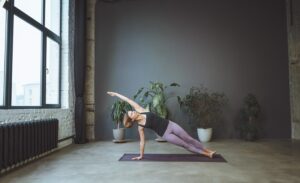
The second most popular plank. We all know about Plank, and it’s power to transform our body and core’s endurance. However, in Core Power yoga you can expect a little variation.
Steps:
- From plank, place your right hand in the middle of the mat that your hand is under your head.
- Transfer all the weight to the right arm, straightened it at the elbow, directly below the right shoulder.
- Turn to the left, raise your left arm 90 degrees to the floor.
- Stretch your arm up. Keep your legs together, left foot on the right.
- Stay in this position for 5-10 breaths and then switch sides.
- Repeating this pose throughout your Core Power yoga sessions can help improve core, and upper body endurance.
Horse pose (Vatayanasana):
Although this seems like a simple pose, after doing it, you may feel differently in the places it empathizes most.
Steps:
- Begin in a standing position, spread your feet a little wider than your shoulders. Make sure that your toes are pointing outward.
- While you are inhaling, place your palms behind your head and spread your elbows.
- Exhale, bend your knees 90 degrees.
- Adjust your breathing with your movements. When inhaling, twist to one side, and when exhaling, twist to the other.
- Repeat this several times, about 10-15 breaths are enough for a novice yogi.
Boat pose (Navasana):
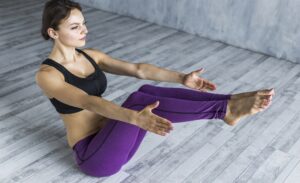
Boat pose can truly test your entire body. Balance, strength, endurance and focus are needed. Holding this pose, as a beginner, is not for the faint of heart.
Find your calm and focus, you may even notice your body become shaky, as this pose tests your core’s balance. You will increase your longevity with this pose if done regularly.
Steps:
- Sit with your knees bent, feet on the floor, hands next to you on the mat.
- Straighten the spine and open the chest.
- Then, attempt to find balance by slowly lifting your legs off the floor. When you have found your balance, lift and straighten your legs, extending your arms at knee height. The back is straight. (If it is difficult for you to straighten your arms, you can lower them to your thighs, below the knees.)
- Stay in this position for 5 breaths. If it is too hard for you, you can do several series of 2 breaths.
Chair pose (Utkatasana):
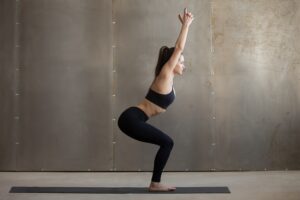
Improve power and stamina in your lower body, with Chair pose. This is a slightly more difficult position but, over time, it will become easier.
Steps:
- From a standing position, inhale, raise your arms and join your palms.
- Then, exhale, bend your knees, and try to keep your thighs as parallel to the floor as possible. Make sure your knees do not cross your toes, and the torso is bent slightly forward so that it makes a right angle with the thighs.
- Keep the abdominal muscles active and underline the pelvis so that the back remains elongated.
- Stay 30 seconds to one minute. Inhale to straighten your knees. With an exhalation, put your hands down and return to a standing position.
Final Thoughts!
The most important characteristic of Core Power yoga for beginners is the focus you place on every movement. Above all, you will slowly begin to increase both strength, and flexibility.
Regular practice will lend itself into additional benefits, including improved balance, coordination of the body, potentially building leaner muscle.
References:

